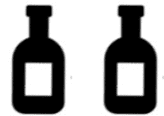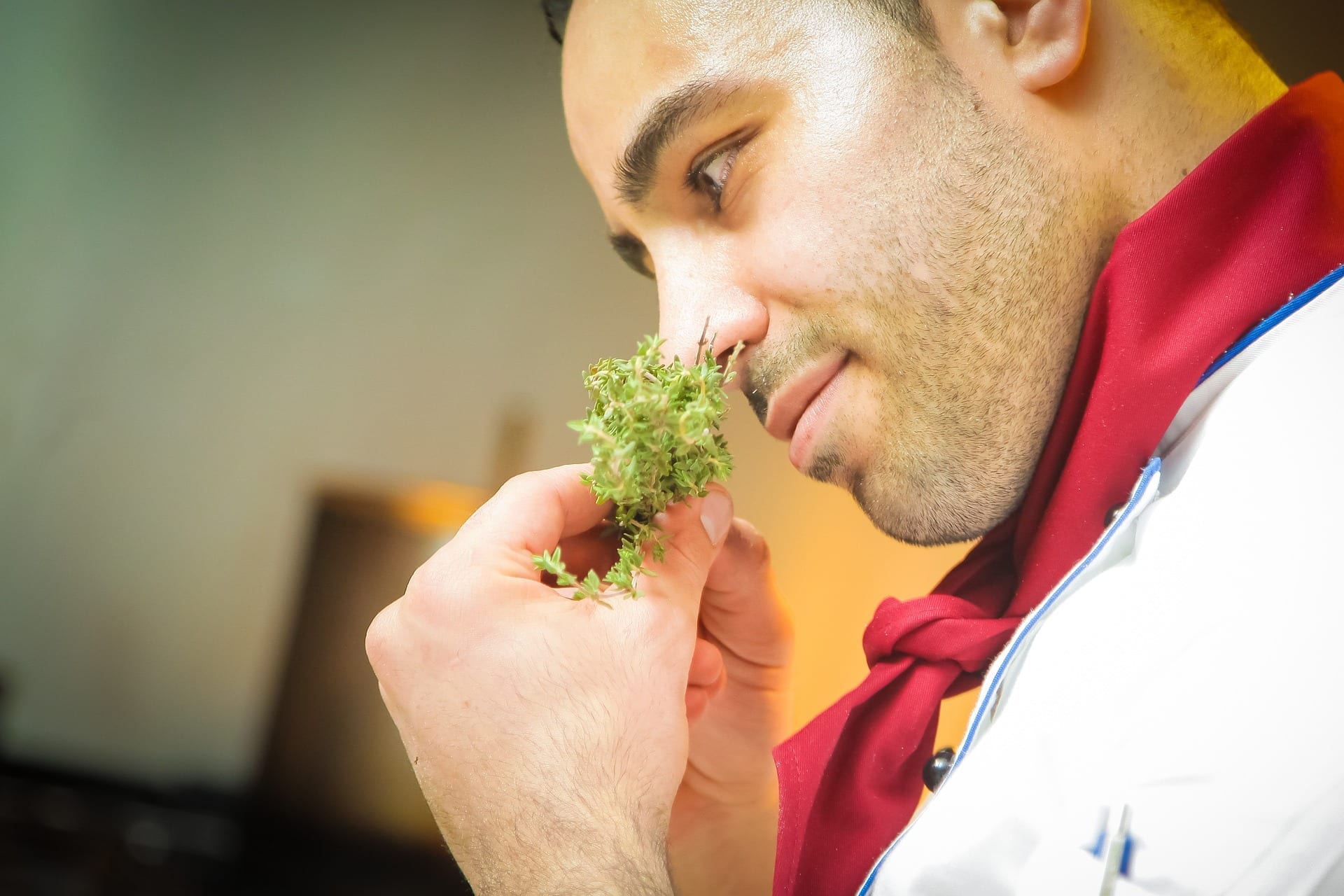Difficulty Level:

While tasting a wine, you might notice a musty, moldy odor that reminds you of a dank basement of wet newspaper. What is this funky smell?
Cork taint or TCA is not a naturally-occurring chemical reaction. While the cork is typically the vessel for cork taint, it can also be caused by the wooden barrels or equipment used to manufacture the wine. Cork taint has a very low detection threshold. While you might not notice the distinct musty or moldy odor, slight cork taint can cause a mutation of the wine’s primary aromas.
This smell is caused by ____________: typically smelling of burnt matches, with a potentially burning sensation on the nose.
Sulfur Dioxide occurs when wine has a high concentration of sulfur added to the wine. While sulfur dioxide is a common additive to wine, it can be over-added, and the excess will accumulate to create this wine fault.
This unpleasant smell is caused by bacteria and will make your wine smell like white vinegar.
Acetic acid produces the odor of white vinegar and is caused by bacteria. Without getting too technical, acetic acid is formed when acetobacter consumes ethanol in the presence of oxygen and lactobacillus consumes residual sugar. This will typically occur when overripe grapes (containing excess sugar) are fermented and the barrels have excess oxygen in their headspace.
This fault is commonly debated. Some industry experts insist that small traces of ___ is beneficial to a wine, adding to its complexity. Other say that ___ creates a horsy, sweaty, band-aid odor that makes the wine flawed.
Brettanomyces, or Brett as it is commonly referred to, is caused by a yeast strain that can develop at any stage during the production of a wine. Brettanomyces can be found as a minor attribute in some top-quality wines. While this can be a concern in the production of white wine, Brett typically is attributed to red wine production.
Some special regions of the world make wines that are deliberately ______. The resulting wines might have characteristics of caramel and nuttiness. However, wines that are unintentionally _______ might turn brown in color, lose flavor, and favored fruit characteristics.
When a wine is oxidized, the air permeates the wine and dissolves in the liquid, causing a chemical reaction to the phenolic compounds in the wine. In certain regions, like when producing Sherry wines in Spain, oxidation is encouraged, and the wines are prized for their unique flavors. However, if a wine you’ve been storing is oxidized, it may be past its prime.


Share your Results:




